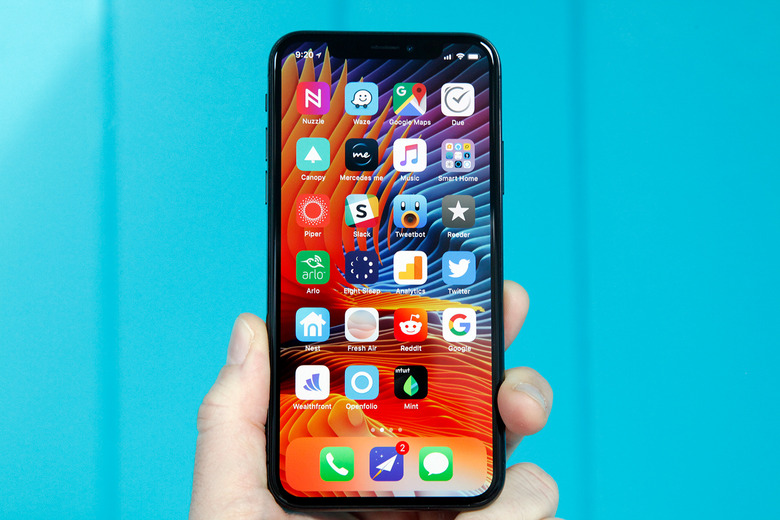Key iPhone X Tech Will Make Future MacBooks Faster Than Ever
One of Apple's significant iPhone innovations that we hardly talk about is actually a vital piece of the iPhone X puzzle. It's what allowed Apple to design the all-screen iPhone to fit into a body almost as small as the 4.7-inch iPhones and introduce new features without compromising on battery life.
The iPhone X has a logic board even smaller than the iPhone 8, which means there's more room inside the phone for extra battery capacity. The flexible PCB is made from liquid crystal polymer (LCP) and allows for high-speed data transfer between the various chips of the iPhone. An Apple insider now says Apple may use the same tech in other devices, including the Apple Watch and even the MacBook.
KGI Securities analyst Ming-Chi Kuo, who has a good track record with Apple, said in a release note shared by 9to5Mac that Apple is working with Career on integrating the technology into future MacBook designs:
It order to address future hardware form factor design requirements (e.g. saving more internal space) and to keep abreast of potential data transmission spec upgrades (e.g. USB 3.2), we believe Apple is now working with Career, its FPCB supplier for MacBook, in exploring LCP FPCB designs for future MacBook models.
That's an exciting detail, if accurate. Apple may further shrink down the motherboards it uses in its MacBook, Air, and Pro designs, and use the extra space for more battery cells, or reintroduce some of the missing ports.
Kuo also said that Apple will use LCP antenna designs for Apple Watch LTE models, and that the company is working with the same supplier on the Watch components as well. These faster circuit boards may be seen across Apple's lineup of products next year, 9to5Mac says. Finally, Kuo also noted that LCP-FPCB designs are still challenging, and Apple has a lead of about a year on its competitors.
